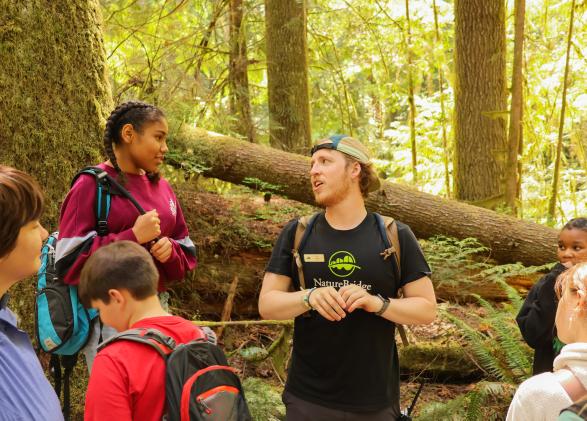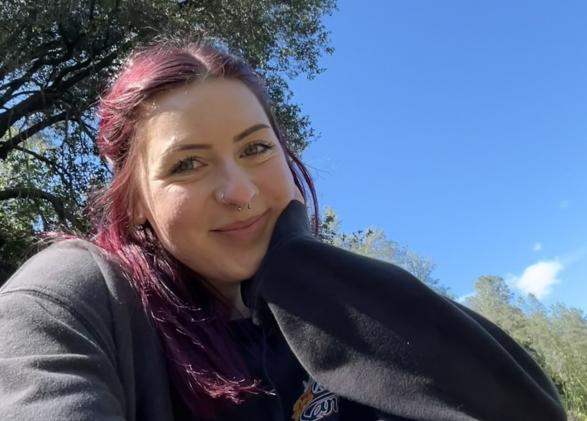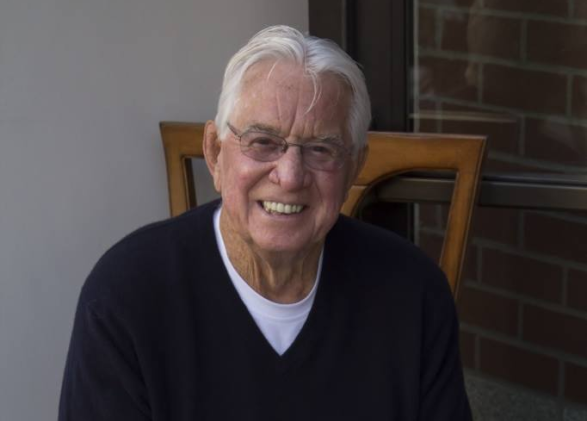Yosemite

WildLink August 2024: Venture Academy
The first Venture Academy WildLink group of 2024 arrived in Yosemite on a clear August Sunday afternoon. The weather was sunny and warm. After several hours driving over from Stockton, CA, the group was ready to get out of the vehicles, breathe in some fresh air, and stretch their legs. Once they arrived in Yosemite, Mika, a participant, remarked, “Everything is so peaceful and calm.”

Five Ways Outdoor School Programs Transform Learning: A Back-to-School Guide for Teachers
Outdoor environmental education programs like NatureBridge offer a unique and transformative approach to engaging students. A recent study by the Stanford University and the North American Association for Environmental Education shows that overnight outdoor school can have profound impacts on students by improving their academic and emotional development. Here are five ways outdoor school programs can advance your students’ learning this school year.
Armstrong Scholars 2024 Trip Report
We, the Armstrong Scholar Leaders, write this blog post for all of you reading from your home, work desk, or bathtub. We also write this for Joie. Many of the Armstrong Scholars chose to start their journal entries in this way, wanting to connect with and involve Joie Armstrong in their process.

Staff Spotlight: Sam Matlock
Sam Matlock (she/they), former NatureBridge student and current Coastal Camp staff member, has come full circle in their journey with NatureBridge. Growing up in the heart of the Sierra Nevada mountains in Mariposa, CA, Sam has always had a passion for spending time outdoors and for exploring the natural world. Their eighth grade class trip to NatureBridge Yosemite planted a seed for what a career in outdoor education could look like. Now a Coastal Camp counselor spending the summer at NatureBridge Golden Gate in the Marin Headlands, Sam marvels at the amazing ways in which their path has led them back to NatureBridge. Sam’s story is an inspiring testament to the lasting impact NatureBridge makes on its students and educators alike.

Joy Abounds at the 2024 Armstrong Scholars Resupply Rendezvous!
A few days ago, I had the pleasure of hiking 6+ miles up 2,000 feet in elevation, by picturesque Barney Lake and Crown Point, with a team of eight wonderful humans who had volunteered to carry a resupply of food and various supplies to the 2024 Armstrong Scholars.

Jay Flood: The Passing of a NatureBridge Legend
David “Jay” Flood passed away peacefully on July 4 after a brief illness, surrounded by his loving family. Jay was a legend at NatureBridge (then Yosemite National Institutes) and contributed more in his two terms as Chairman of the Board than one can measure. He is remembered as an incredible human being, stellar leader, and inspirational guiding light.